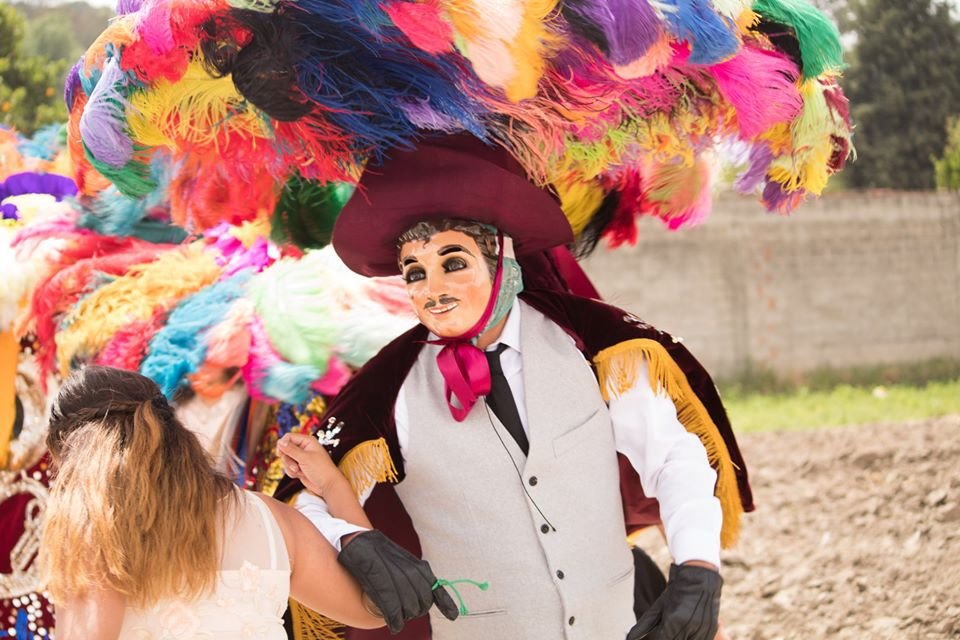First Time Magic Fades Fast

The first time I landed in Mexico, I was swept up in a hurricane of colors, flavors, and music. The air tasted like lime and sea salt, mariachi bands echoed through the squares, and every sunset painted the sky in impossible pinks and golds. I wandered through vibrant markets in Oaxaca, where every textile was brighter than the last. I dove into cenotes so clear they seemed unreal and ate tacos that made me question everything I thought I knew about food. But something changed after a few trips. The magic faded—slowly at first, then all at once. The thrill of discovery was replaced by a creeping unease that I couldn’t shake, no matter how hard I tried.
Safety Feels Different Now

For years, I brushed off warnings about safety, convinced that if I stayed in tourist areas and kept my wits about me, I’d be fine. Then a friend was mugged in broad daylight near a popular resort, and suddenly, the headlines hit home. The State Department’s travel advisories for places like Guerrero, Colima, and Tamaulipas weren’t just background noise—they were real risks. Even in the so-called “safe” zones, taxi drivers whispered stories of cartel troubles, and locals nervously glanced over their shoulders. I found myself scanning every crowd, clutching my bag tighter, and wondering if this was how travel was supposed to feel.
Tourist Hotspots Lose Their Spark

I remember the first time I saw the beaches of Tulum—empty except for a few stray dogs and a couple chasing the sunrise. Now, those same sands are packed with sunburnt tourists, booming beach clubs, and construction cranes crowding the skyline. The once-quiet streets of Playa del Carmen are thick with souvenir shops and chain restaurants. Even the ancient ruins at Chichen Itza feel more like a theme park than a sacred site, with lines of buses and waves of selfie sticks. The sense of discovery is gone, replaced by crowds and noise that make it almost impossible to find a genuine connection with the place.
Nature Under Pressure

Mexico’s wild beauty is one of its greatest treasures—but it’s under threat. I’ve watched coral reefs in Cozumel grow pale and brittle, victims of sunscreen, climate change, and too many careless swimmers. Trails in the Sierra Norte mountains are so worn down that local guides are starting to close some routes to let nature recover. In places like Sian Ka’an Biosphere Reserve, plastic drifts in with the tide, marring what should be pristine. It’s heartbreaking to see the places I once loved growing tired and worn beneath the weight of so many footprints. Sustainable travel here feels more like a band-aid than a solution.
Authenticity Gets Lost in Translation

So much of what makes Mexico remarkable is its culture—its music, dance, food, and festivals. But in places popular with tourists, I started to notice that traditions felt staged, like a show put on for outsiders. At one Day of the Dead celebration, locals confessed that the parade route was changed to suit cruise ship schedules. Street markets in tourist towns sell mass-produced souvenirs instead of genuine crafts. Even the food sometimes feels watered down, spiced just enough to please foreign palates. The more I visited, the harder it became to find those raw, unscripted moments that make travel matter.
Hidden Costs Add Up

It’s easy to imagine Mexico as a budget-friendly paradise, but the reality can be different. In tourist hotspots, prices for hotels, excursions, and even simple meals have shot up—sometimes rivaling those in Europe or the U.S. I once paid triple the local rate for a taxi because I couldn’t haggle in Spanish. Guided tours and entrance fees quickly add up, especially for families or longer trips. Even street food, once the staple of a thrifty traveler, has become a pricey treat in popular towns. The days of “cheap Mexico” are slipping away, replaced by a new normal of high costs and hidden fees.
Language Roadblocks Hinder Connection

Mexicans are famously warm and welcoming, but language can still be a barrier. Not everyone speaks English, especially outside of major tourist areas. I’ve missed out on incredible stories and connections because my Spanish just wasn’t good enough. Simple things like ordering food or asking for directions sometimes turned into stressful pantomimes. While learning a few phrases helped, I never quite shook the feeling that I was missing out on the richness of local life. The frustration of not being able to communicate fully took away some of the joy of exploring new places.
There Are Alternatives That Shine

If you crave wild jungles, ancient ruins, and vibrant culture, there are other places to consider. Costa Rica offers lush rainforests and a focus on eco-tourism that’s truly inspiring. Guatemala’s lake towns and Mayan heritage are as rich and fascinating as any in Mexico, with a fraction of the crowds. Even Colombia’s Cartagena or Ecuador’s highland villages have a similar magic—minus many of the worries. **Exploring new destinations not only broadens your horizons but can also help relieve some of the pressure on Mexico’s most popular spots.**
Trusting Your Instincts Matters

Travel is supposed to make you feel alive, not anxious. If you find yourself hesitating, trust your gut—it usually knows what you need. For me, stepping back from Mexico wasn’t about giving up, but about honoring what I value most: safety, authenticity, and connection. The world is full of places that will surprise and delight you if you’re willing to look. Your bucket list is yours—don’t be afraid to rewrite it as you grow.
Challenge Yourself to Travel Differently

The next time you catch yourself daydreaming about your next big adventure, pause and consider what truly matters to you. Is it solitude, sustainability, deeper cultural exchanges? There’s a whole world out there waiting for you to explore it on your terms. Seek out those hidden gems, support local communities, and let travel change you for the better. Where will you go next?






